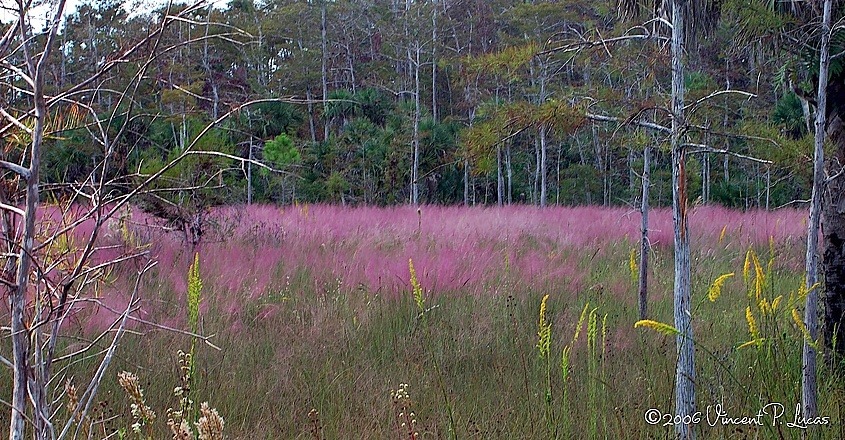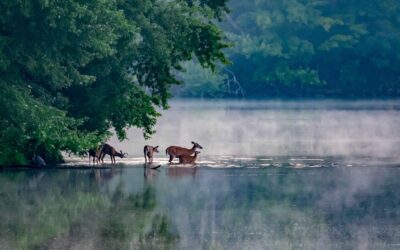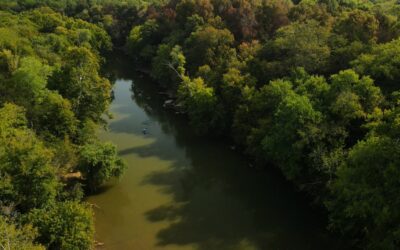When it comes to selecting native plants for your garden, it’s easy to be seduced by varieties with colorful and showy flowers. But don’t forget grasses.
These hardy and often overlooked species add texture to your garden and can help local wildlife to thrive.
Here are three kinds of native grasses to consider so your Certified Wildlife Habitat can be a sanctuary for you as well as wildlife.
Switchgrass
Deer and rabbit resistant, switchgrass (Panicum virgatum) produces clumps of blue-green foliage reaching a height of four to six feet with wispy seed heads in the summer. It grows well in most soil types and handles droughts like a champ. Bobwhite quail, a species whose numbers have been in decline in recent decades, are especially fond of switchgrass.
READ MORE>> Record number of Tennesseans creating wildlife habitats
Little Bluestem
Named for its silvery-blue blades, little bluestem (Schizachyrium scoparium) is a warm-season grass of the North American prairies that grows from one to three feet tall. Able to tolerate heat and dry conditions thanks to its extensive roots, this species is sometimes used to control erosion on roadside banks. But as many have discovered, birds and small mammals flock to this beautiful grass, making it a perfect addition to a wildlife-friendly yard.
Pink Muhly Grass
So you want a grass that sports a bit of color? Growing in a mound that gets anywhere from one to four feet tall, pink muhly grass (Muhlenbergia capillaris) produces clusters of tiny pink flowers in the summer. As with the other species mentioned here, American goldfinches and sparrows will take advantage of the seeds when winter comes.
To learn more about how to create your own Certified Wildlife Habitat, no matter the size of your property, visit tnwf.org/certify-a-habitat.
Featured photo by Leppyone, Flickr




